Document Type
Article
Publication Title
Journal of Geophysical Research: Space Physics
Publisher
American Geophysical Union
Publication Date
9-2016
Abstract/ Summary
The day-to-day evolution and statistical features of Pc3-Pc7 band ultralow frequency (ULF) power throughout the southern polar cap suggest that the corrected geomagnetic (CGM) coordinates do not adequately organize the observed hydromagnetic spatial structure. It is shown that that the local-time distribution of ULF power at sites along CGM latitudinal parallels exhibit fundamental differences and that the CGM latitude of a site in general is not indicative of the site's projection into the magnetosphere. Thus, ULF characteristics observed at a single site in the polar cap cannot be freely generalized to other sites of similar CGM latitude but separated in magnetic local time, and the inadequacy of CGM coordinates in the polar cap has implications for conjugacy/mapping studies in general. In seeking alternative, observationally motivated systems of “polar cap latitudes,” it is found that eccentric dipole (ED) coordinates have several strengths in organizing the hydromagnetic spatial structure in the polar cap region. ED latitudes appear to better classify the local-time ULF power in both magnitude and morphology and better differentiate the “deep polar cap” (where the ULF power is largely UT dependent and nearly free of local-time structure) from the “peripheral polar cap” (where near-magnetic noon pulsations dominate at lower and lower frequencies as one increases in ED latitude). Eccentric local time is shown to better align the local-time profiles in the magnetic east component over several PcX bands but worsen in the magnetic north component. It is suggested that a hybrid ED-CGM coordinate system might capture the strengths of both CGM and ED coordinates. It is shown that the local-time morphology of median ULF power at high-latitude sites is dominantly driven by where they project into the magnetosphere, which is best quantified by their proximity to the low-altitude cusp on the dayside (which is not necessarily quantified by a site's CGM latitude), and that variations in the local-time morphology at sites similar in ED latitude are due to both geographic local-time control (relative amplification or dampening by the diurnal variation in the local ionospheric conductivity) and geomagnetic coastal effects (enhanced power in a coastally mediated direction). Regardless of cause, it is emphasized that the application of CGM latitudes in the polar cap region is not entirely meaningful and likely should be dispensed with in favor of a scheme that is in better accord with the observed hydromagnetic spatial structure.
Creative Commons License

This work is licensed under a Creative Commons Attribution-NonCommercial-No Derivative Works 4.0 International License.

